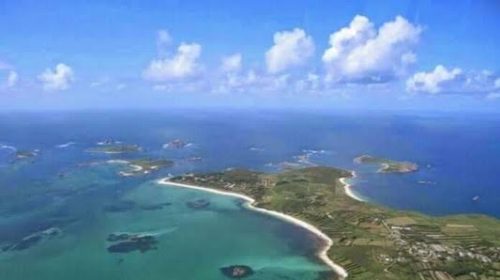Jobaer Chowdhury | The business standard
The city will generate about 515 million litres of sewage waste and 715 cubic metres of faecal sludge per day in 2030.
The government is going to set up a centralised sewerage system in Chattogram city with six sewerage treatment plants (STP) and two faecal sludge treatment plants within 2030 which will serve around 89 lakh people.
:
With government funding, the Chattogram Water Supply and Sewerage Authority (CWasa) has already started the construction of a sewerage treatment plant in Halishahar after signing an agreement with South Korean company Taiyu Engineering and Construction.
Four foreign donor agencies have shown interest to finance five other STPs and have already started feasibility studies.
According to people concerned, CWasa formulated a masterplan for the centralised sewerage system in 2017. For this, the city has been divided into six zones including Halishahar, Kalurghat, East Bakalia, Fatehabad, North Kattli and Patenga.
Currently, about 400 million litres of sewage is generated daily in the city which goes to the Karnaphuli and Halda rivers through different canals and ends up in the Bay of Bengal which is harmful for the environment and human health, they said.
However, 539 cubic metres of faecal sludge is deposited in septic tanks in the city. Of this, Chattogram City Corporation manages 15 cubic metres and an NGO named DSK manages 20 cubic metres. The rest goes into rivers and the sea.
On 11 January this year, CWasa signed an agreement with Taiyu Engineering and Construction Limited to construct STP-1 with a capacity to treat 100 million litres of waste per day in the Halishahar area of the city. The project will cost Tk3,808 crore to be funded by the government. A faecal sludge treatment plant with a capacity of 300 cubic metres per day is also being set up in the area.
However, the Japan International Cooperation Agency (Jica) is interested to finance STP-2 project in Kalurghat and STP-4 in East Bakalia. It is now working on a detailed plan of the project for feasibility studies.
The treatment plant in Kalurghat would be able to treat about 90 million litres of waste per day which will benefit around seven lakh people. The construction cost of the plant would be Tk4,446 crore. On the other hand, the initial budget for the East Bakalia treatment plant is Tk5,343 crore. It would treat 80 million litres of waste generated by around 13 lakh people.
Meanwhile, the construction cost of STP-3, with a waste treatment capacity of 60 million litres per day at Fatehabad, would be Tk1,697 crore. It will cover about 30 lakh people of the city and Hathazari upazila. The South Korean Environmental Defense Fund (EDF) is also working on a feasibility study for the project.
The STP-5 in North Kattli would require Tk3,409 crore to treat 60 million litres of waste daily for about eight lakh people. For this, French Development Agency (AFD) is working on a feasibility study.
In Patenga, STP-6 would be set up with a construction cost of about Tk4,633 crore with a daily waste treatment capacity of 100 million litres to cover about 11 lakh people. Jica and Marubeni Nippon Koei are working on the feasibility study for it.
AKM Fazlullah, managing director of Chattogram Wasa, said, “Chattogram is a 500-year-old city. All the wastes from here fall into the Bay of Bengal through the Karnaphuli and Halda rivers which is harmful for the environment and human health. Work has already begun on the first catchment of our sewerage master plan. Donor agencies are also working on feasibility studies to finance the remaining five catchments. They have also hired consultants for this purpose.”
According to the sewerage master plan of CWasa, the city will generate about 515 million litres of sewage and 715 cubic metres of faecal sludge per day in 2030. For this, six sewage treatment plants and two faecal sludge treatment plants will be set up.
However, a 616-km sewerage network will also be set up in the ground covering an area of 591 sq km in and around the city. All the houses of the city would be linked with the sewerage trunk line by installing 4-inch pipes.
However, if pipes cannot be installed in some houses due to narrow roads, the waste will be taken to the treatment plant by vacuum truck from the septic tanks. The supernatant water will be separated from the waste and discharged into the Karnaphuli, Halda rivers and the Bay of Bengal, maintaining the standard of the Department of Environment. The remaining waste would be used to produce fertiliser.
Maksud Alam, chief engineer of Chattogram Wasa, said, “The work to formulate the DPP of the project will start after the feasibility studies of the interested companies. We hope that the tender process would be done by June 2024 and the construction of the full sewerage management system would be completed by 2030.”
“Around 75% of the houses will be connected to the sewerage treatment plants. The remaining 25% will be outside the plants due to narrow roads. For this, two fecal sludge treatment plants will be set up.























